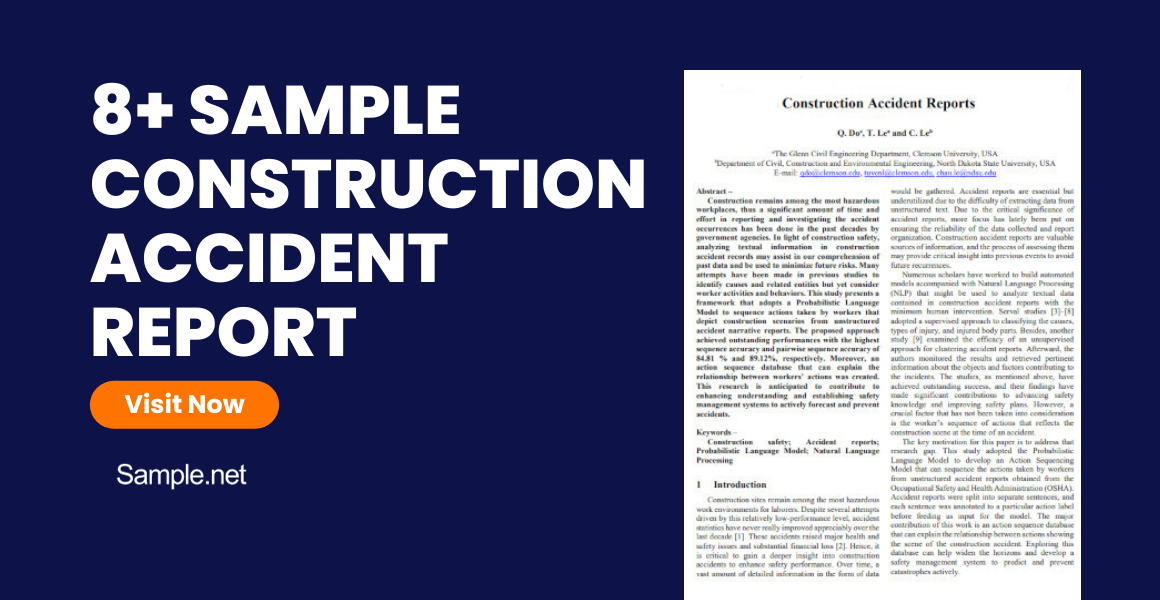A construction accident report is a crucial sample document that details unfortunate incidents at construction sites. These reports serve to document the specifics of accidents, including date, time, location,…
continue reading36+ Sample Project Proposals
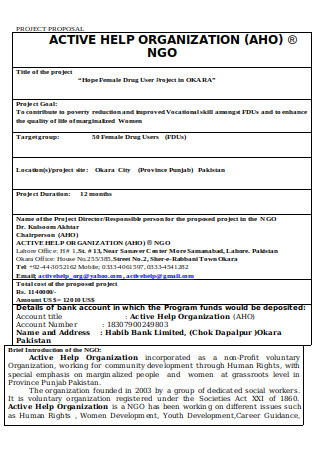
Drug User Project Proposal
download now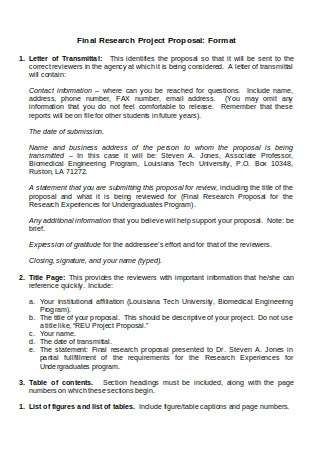
Final Research Project Proposal
download now
Standard Project Proposal
download now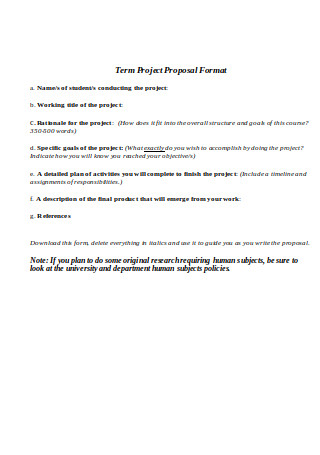
Term Project Proposal Format
download now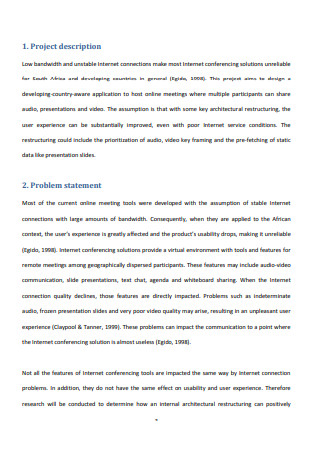
Formal Project Proposal Sample
download now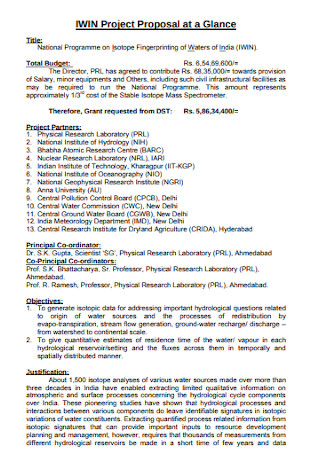
Isotope Fingerprinting Project Proposal
download now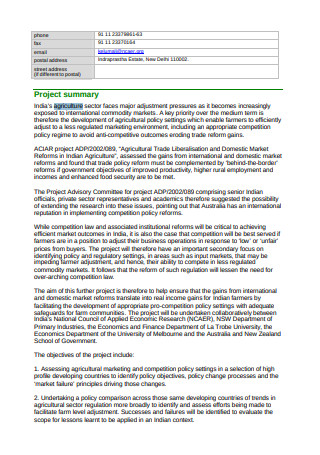
Agriculture Project Proposal
download now
Project Proposal for Community Radio
download now
Sample Project Proposal in PDF
download now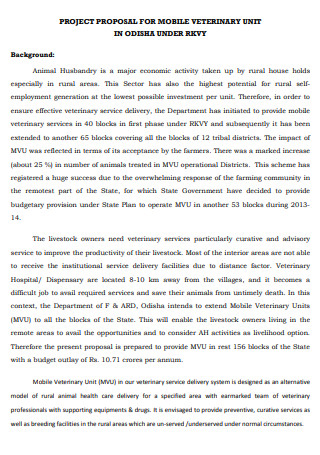
Project Proposal for Mobile Veterinary Unit
download now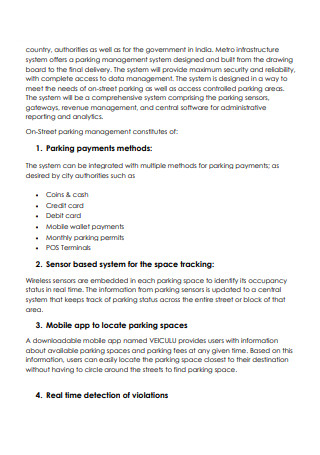
Generic Project Proposal Sample
download now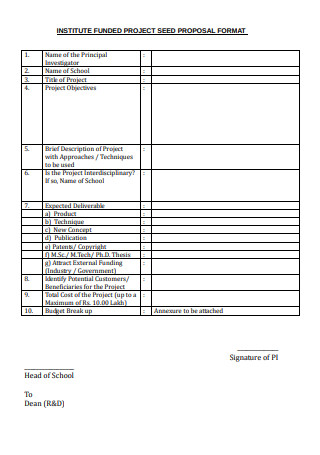
Project Seed Proposal Format
download now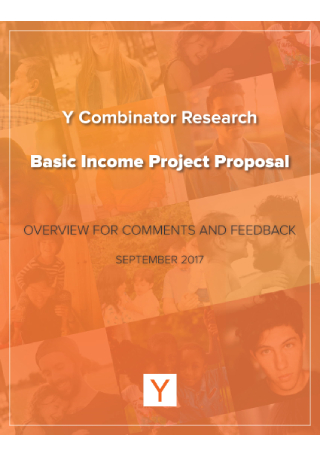
Basic Income Project Proposal
download now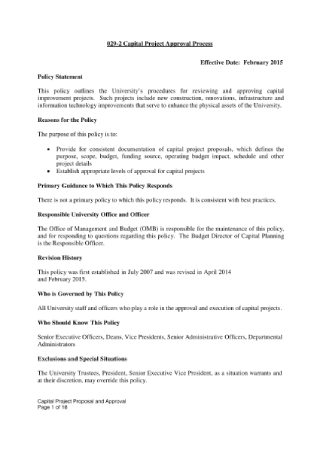
Capital Project Proposal and Approval
download now
Capstone Project Proposal
download now
Climate Information Project Proposal
download now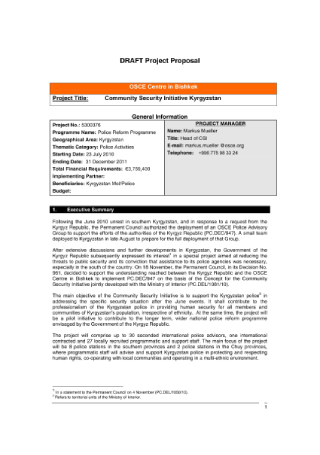
Community Security Project Proposal
download now
Computer Science Project Proposal
download now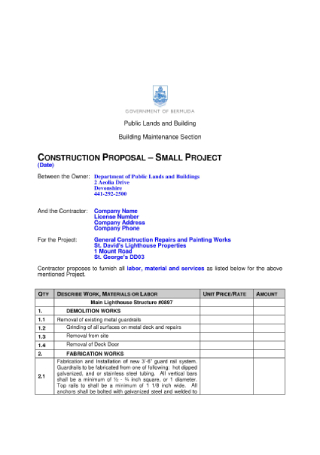
Construction Project Proposal
download now
Education Project Proposal
download now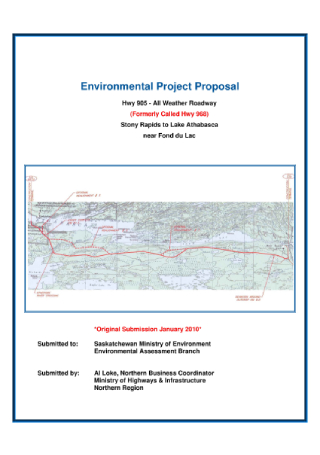
Environmental Project Proposal
download now
Final Research Project Proposal Structure
download now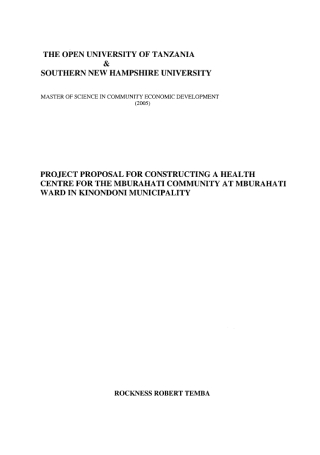
Health Center Project Proposal
download now
Honors Project Proposal
download now
Forest Pest Management Project Proposal
download now
Gold Award Project Proposal
download now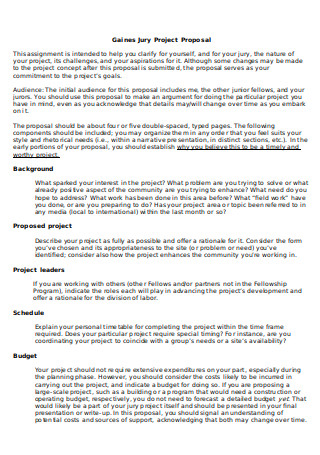
Jury Project Proposal
download now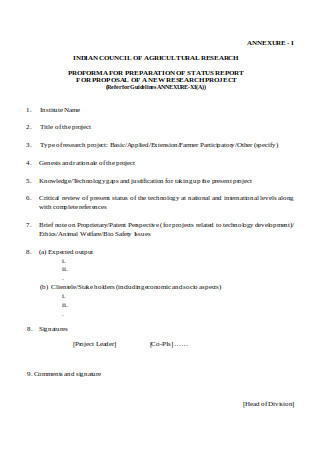
Research Project Proposal
download now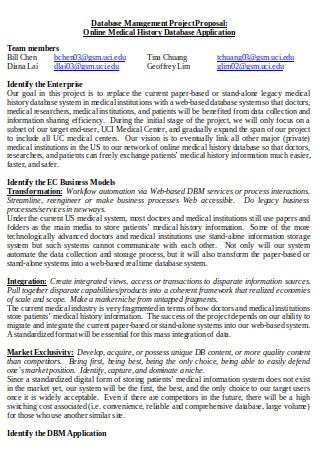
Database Management Project Proposal
download now
Sports Academy Project Proposal
download now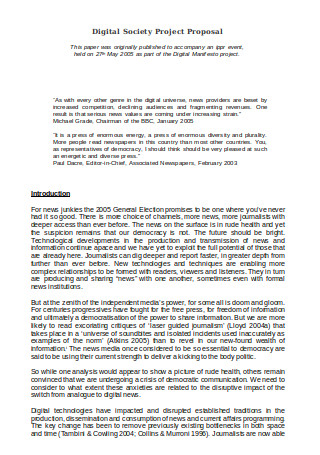
Digital Society Project Proposal
download now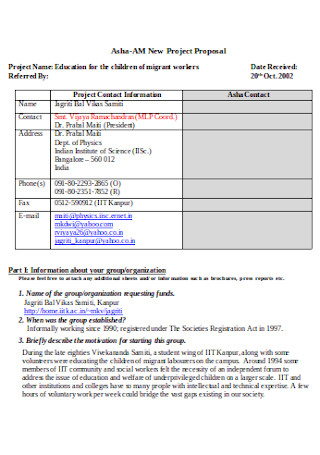
New Project Proposal
download now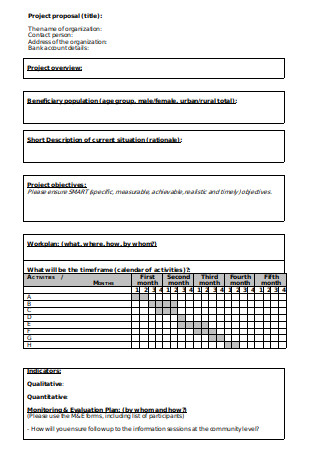
Printable Project Proposal
download now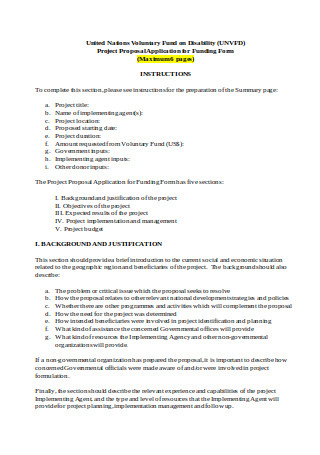
Project Proposal Application for Funding Form
download now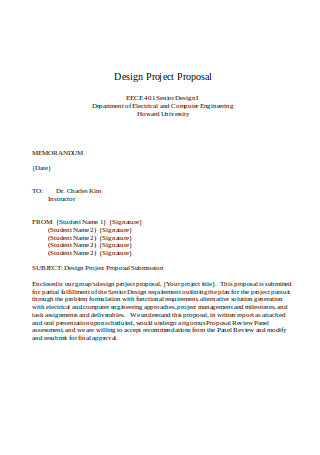
Design Project Proposal Format
download now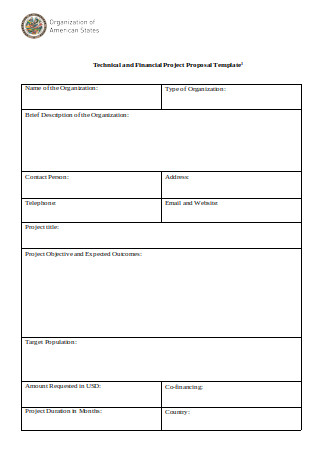
Technical and Financial Project Proposal Template
download now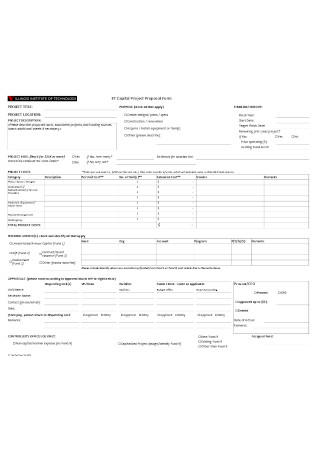
Capital Project Proposal Form
download now
What Is a Project Proposal?
In the processes of project planning, developing a project proposal is one of the first things that you have to do. A project proposal is a formal document that usually serves as an initial framework of what the potential project will be all about and what it is made of. With the help of a good project proposal; stakeholders can understand the main concept of the project, its variables, and the reasons why it is important for the project to be approved. From the call-to-actions that must be executed up to the goals that must be achieved by the project team, there are a number of important key points that can be found in a standard project proposal.
Types of Project Proposals
There are actually different types of project proposals depending on the circumstance where it will be used. Each type of project proposal cater to different project needs and project presentations. To give you more idea about this, here are a few types of project proposals:
1. Renewal Project Proposal
A renewal project proposal is used once an existing project has already been terminated. The main goal of the entity who made this type of project proposal is to convince another party or a stakeholder to begin again or continue the project being terminated.
2. Unsolicited Project Proposal
An unsolicited project proposal is presented by an entity to another even if there is no request for a proposal. Typically, project proposals that are made in this manner came from businesses or organizations that have seen a problem which they think they can solve with the help of the project that they are presenting.
3. Formally or Informally Solicited Project Proposal
Solicited project proposals are project proposals that are given upon the request of a client or another entity. There are two types of solicited project proposals, a formally solicited project proposal and an informally solicited project proposal. Formally solicited project proposals are developed once a written request for proposal has already been sent. This is not the case when developing an informally solicited project proposal as verbal requests are already enough for the proposal to be developed.
4. Continuation Project Proposal
A continuation project proposal can be considered as a follow-up proposal. This kind of project proposal is created once there is already an approved project. Continuation project proposals are made to check if all things are set, if stakeholders are reminded of their obligations and deliverable, and if all project terms and requirement provisions have been clearly agreed upon.
5. Supplemental Project Proposal
A supplemental project proposal is necessary if the project manager of an on-going project feels that there is a need for more resources so that project goals can be achieved. Hence, the initial project proposal needs to get adjusted. Supplemental project proposals are necessary to correct any miscalculations. Once this type of project proposal is approved, the project team can go back on track resulting in achieving the results that the stakeholders of the project expect to see.
Factors to Consider When Making a Project Proposal
70% of organizations have experienced at least a single project failure within a year (source: hive). Aside from strong project management; you can also rely on the development, usage, approval, and implementation of an excellent project proposal if you want to lessen the possibility of project failures. Some of the factors that are very important to be considered as you make a project proposal include the following:
8 Steps for Developing an Impressive Project Proposal
If you want your project proposal presentation to be successful, you have to make sure that your project proposal document is on top condition. For you to ensure the quality of your project proposal, what you can do is to focus on the excellent development of all the areas of the document. Here is an eight-step procedure that can serve as your guide or reference during the development of an impressive project proposal:
Step 1: Download and Use a Pre-Formatted Project Proposal Template
Using a template can enable you to properly structure the project proposal document that you plan to develop. Select a project proposal template depending on the type of project proposal that you want to have.
Step 2: Create an Introduction That Can Provide Tidbits of All the Major and Necessary Project Information
The initial part of your project proposal should contain the name of the organization or entity to whom the project proposal is for, the title of the project, a brief and concise project summary, the presentation of the project timeframe, and the entity who is responsible for the development of the project proposal. These items can already give your target audience an idea of what the project proposal contains.
Step 3: Further Discuss the Specifications of the Project
After a clear and informative introduction, list down all the key points that the project proposal will discuss. Provide an idea of why the project is being proposed. More so; be particular when it comes to presenting details about project call-to-actions, expected project deliverables, stakeholder involvement, and project process management. In addition to these items, present the location where the project will be implemented as well as the schedule of the project’s actual execution if the proposal will be approved. To make this part of the project proposal more attention-grabbing, you can also include your project objectives within your project background discussion.
Step 4: Present the Methodology of the Project Being Proposed
Make your stakeholders be aware of the project management approach that you will use for the project. It is important for you to make sure that your target audience is aware that your team is organized and that you have the capability to maintain systematic project execution. Your project methodology presentation must also include the list of all materials, tools, equipment, and other items that you need during the entirety of the project’s implementation. More so, discuss your workforce requirements so you can breakdown tasks and designate accountability accordingly.
Step 5: Come Up With a Project Risk Management Analysis and Plan
There will always be threats and risks whenever a project is being implemented. With this, you have to create a project risk management analysis and plan. This part of your project proposal can let your stakeholders be guided with the counteractions that you have prepared should particular risks show up in any time frame within the project life cycle. It will be best if you can register or record all possible risks based on external forces and the project activities that you will be doing. In this manner, you can already prepare the mindset of all the entities who will be involved once the project is already set to be realized.
Step 6: Keenly Discuss the Project Cost Based on Your Proposed Call-to-Actions and Requirements
Your budget proposal is an integral part of the overall project proposal. The entirety of the project budget should be detailed and clearly discussed. Doing so can let you convince stakeholders that the amount of money that you are asking is necessary to be provided if they want to have the results that you have promised. Allow your budgeting list to have a number of categories so you can make sure that your budget plan is all lined up, complete, and can cover all the requirements of the project. Do not forget to include overhead costs, indirect costs, and emergency funds in the computation of the project budget. Also, clear any issues or concerns with regards to sources of funding and payment of taxes.
Step 7: Optimize Your Project Proposal Conclusion
Wrap up your discussion with the help of a strong project proposal conclusion. Try to review all of your project proposal’s key points and present the best parts which you believe can convince your audience to approve the proposal. Be reminded that 65% of organizations assure that their projects are very much aligned with strategic goals (source: webwork). Hence, it is important for you to showcase the realistic goals that can be achieved if the project proposal that you have presented will be approved. Use an appendix if it is necessary for you to use and show graphs, charts, and other kinds of visuals.
Step 8: Finalize the Content and Overall Presentation of the Project Proposal
Assess the initial draft that you came up with. Make sure that your content is polished and that you have allocated certain information in their proper places. Ensuring that your project proposal is complete, presentable, and understandable can enable you to have higher chances of getting approval for the project that you have proposed.
Advantages of Having a Compelling Project Proposal
Once you have already established the viability of the prospective project with the help of your project proposal, you can already set appropriate expectations for your stakeholders. With this, you can clarify the need for particular resources, requirements, and other items that can complete the execution of the proposed project on-hand. There is more to this if you want to talk about the benefits of creating a specific document in an impressive and effective manner. Below are more of the advantages of having a compelling project proposal.
Dos and Don’ts for Creating the Best Project Proposal
Your project proposal must be logical for it to have a strong chance of impressing your audience. There are certain tips that you can incorporate in the development of your project proposal so you can achieve the best possible results out of the document’s usage. Here are some guidelines that you may follow if you want to create the best project proposal:
Do’s
1. Do Make Sure That You Will First Identify, Determine, and Define the Type of Project Proposal That You Need
As you have seen in the discussion above, there are different types of project proposals. It is imperative for you to first know the type of proposal that you will be making so you can further brainstorm on the content which you think can truly appeal to your stakeholders. Developing the correct project proposal based on a given circumstance can also enable you to relay relevant, timely, and highly-usable information to your target audience.
2. Do Create an Outline for Your Project Proposal
It is best if you can be well-guided as you create a project proposal. Creating a project proposal outline can be very useful since it already showcases the key points of discussion that you have to present in your project proposal. Through this, you will not forget any information which is essential to be a part of the proposal that you are making for a prospective project.
3. Do Focus on Your Audience and the Ways on How You Can Win Them
Your project proposal should be based not only on what you think will be effective but also on things that can be very appealing to your stakeholders. Knowing your audience is one of the strategies that you can use so you can create a great project proposal.
Don’ts
1. Don’t Include Any Immeasurable Goals in Your Project Proposal
Do you know that only 64 percent of projects actually meet the goals that they have initially set (source: wrike)? If you want to let your stakeholders be confident that your project proposal will be a success, it is essential for you to let them know that the goals of your project proposal are specific and attainable.
2. Don’t Over-Promise As This Can Result to Possible Disputes
It is important for you to think twice before you include any information in the project proposal. Make sure that you can deliver all the promises and items that you have listed in the specific document. Presenting action plans that you cannot truly execute upon the project proposal’s approval can only result in court cases, disputes, and negative relationships with your stakeholders.
3. Don’t Take Advantage of Your Target Audience
Your project proposal should not contain any hidden charges, personal intentions, and other items which can negatively impact your credibility and can ruin the trust of your target audience. Have a healthy relationship with your target audience. Begin by handing them a project proposal that can be truly valuable on their part.
Have you already decided to try and develop a project proposal? Make sure that your project proposal can get not only the attention but also the approval of your stakeholders. Use our downloadable templates and samples so you can already start making the project proposal that you need.

